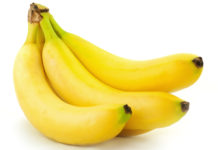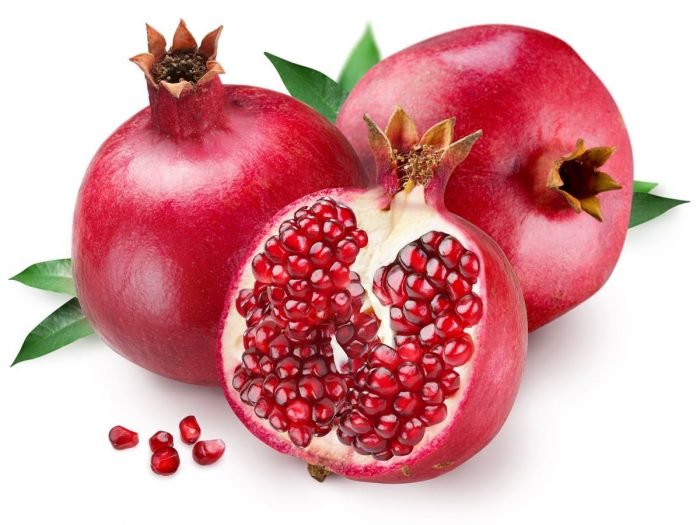Milk The Love of Our Lives. Milk is our first food, creates an emotional connection to our mothers, and to milk as a life-giving substance. Cow’s milk plays a major role in the average American diet for most of our lives after we were weaned from our mother’s milk. Milk is a favorite among Americans. Milk has a certain allure among Americans.
Symbolizing goodness, nurturing, nourishment, and health, it’s more than just a liquid. There is nothing like the comfort of milk and cookies or the traditional desserts of our forefathers, vanilla ice cream and apple pie.
In an average year, Americans consume six hundred pounds of dairy products, according to the US Department of Agriculture (USDA). Approximately one out of seven grocery dollars goes toward buying cow’s milk. A milk vending machine stands in every high-school corridor across the country. Dairy foods provide 72 percent of our dietary calcium.
These stats are a testament to the pervasive messages we receive from our earliest years that promote cow’s milk and dairy foods. My teenage years were spent lifting weights, so milk was an essential component of my muscular development. There was an association between milk consumption and athletic ability in milk advertisements. In school, coaches and gym instructors all encouraged heavy consumption of milk, yogurt, and cheese.
High-school athletes often consume several quarts of milk a day. Despite its high calcium and protein content, “gourmet” ice cream was still a healthy indulgence. Is there a reward for being so committed to dairy? A fat substance. I gained almost twenty-five pounds of body weight during the twelve-month training period during which I consumed the most dairy products. Muscle wasn’t the only thing involved.
The acne also flared up and my cholesterol rocketed to levels more appropriate for a middle-aged man with heart disease. I was not concerned about any of these symptoms, nor did they cause me to question my dairy consumption. A lack of objective information and a constant barrage of advertisements from the dairy industry, including health pamphlets distributed in most schools, led to my love affair with dairy products, as well as my milk-related ailments.
Almost every source of information is consistent: drink more milk! Magazine articles, wellness newsletters, doctors, school coaches, fitness trainers, and television advertisements all say the same thing: drink more milk! I had been told that milk was “wholesome,” “the perfect food of nature,” and even “patriotism in a glass.”
Milk was sacrosanct and above reproach. Milk can almost be compared to the American flag when it is questioned. Milk may still be considered risky, or it may not live up to its promise of maintaining bone integrity, for some people even today.
Photo Credit – The Magic of Turkish Hot Sand Coffee







